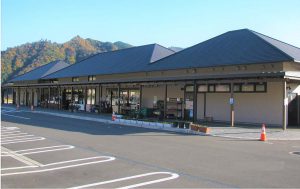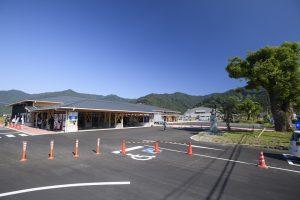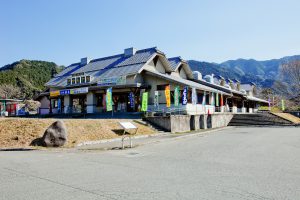Roadside Station Saganoseki
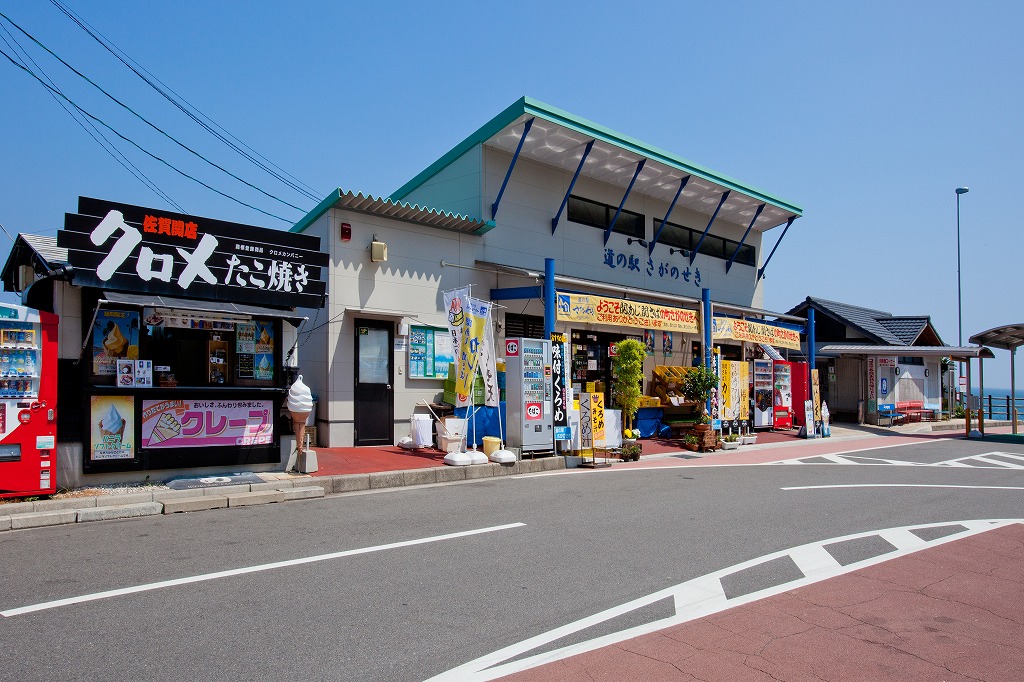
Index
Seki mackerel, Seki horse mackerel, and kurome
Something you can only get here!
Located in the eastern part of Oita City, just before the Saganoseki Peninsula, the roadside station was renovated in spring 2021, including a new parking lot and a new bus stop at the roadside station. The Saganoseki Peninsula faces the Hayayasu Seto (Seto) in the Bungo Channel, with Cape Sada in Ehime Prefecture on the opposite shore. It has prospered as a port town, and the Seki mackerel and horse mackerel grown in the Seto and caught by "ippon-tsuri" are nationally branded high-end fish. The roadside station is also proud of its products. Kuroame, a rare seaweed, sweet summer oranges, and camellia oil are also products unique to Saganoseki. There is a dining counter inside the building, where visitors can enjoy their meals while looking out at the sea. Enjoy a bowl of rice topped with horse mackerel or mackerel, or a bowl of rice topped with burikatsu (burikatsu cutlet), a special product of the roadside station, while enjoying the view of the sea.
Roadside Station Saganoseki Basic Information
| Location | 989-6 Ohira, Oita City, Oita Prefecture |
|---|---|
| Phone number | 0975-76-0770 |
| Business Hours | 9:00-18:00 Restaurant 10:30 - 16:00 (Dec. to Mar. - 15:30) LO 30 minutes before closing |
| Access | 25 minutes from Oita Miyakawachi IC of Higashi-Kyushu Expressway |
| Official HP | https://rs-seki.com/ |
Map of Roadside Station Saganoseki
Roadside Station Saganoseki Gourmet Information
Local products: Seki mackerel and horse mackerel
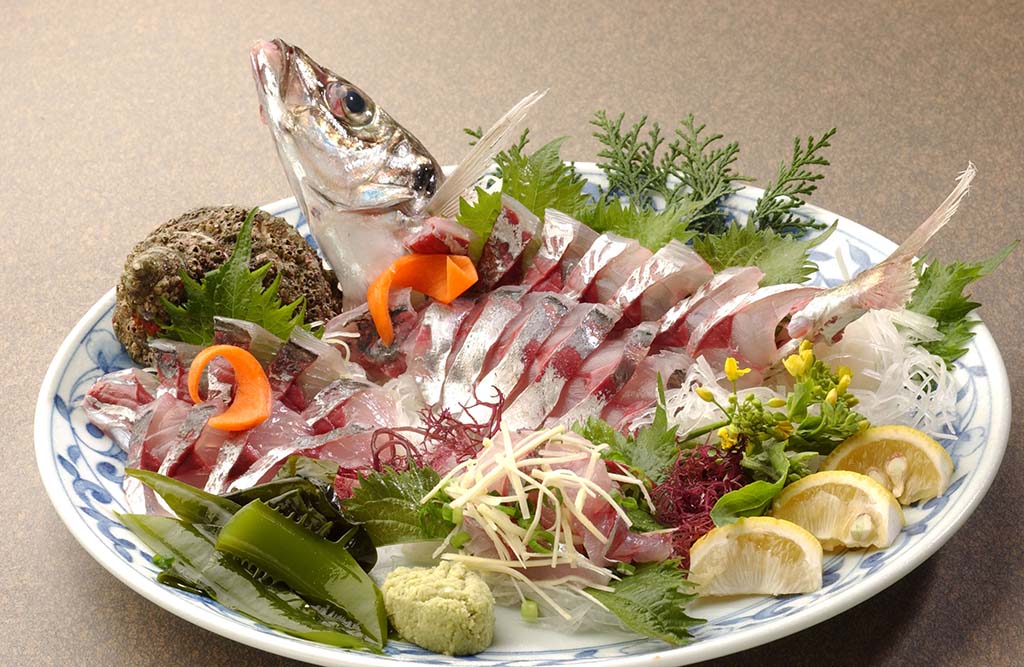
Horse mackerel and chub mackerel are caught in the Hoyo Strait, a fishing area between the Saganoseki Peninsula and Cape Sada in Ehime Prefecture. The fish must meet the following conditions before they can be labeled "Seki mackerel" or "Seki horse mackerel": "caught by members of the Saganoseki cooperative," "caught in the Hayatsuki Seto Inlet," "baited only with pseudo-bait or gobai," "not weighed," and "bought face-up," as well as an exclusive pouch and tag seal to prove the fish. The reason for not weighing the fish is to avoid damage to the fish's flesh. Experienced fishery cooperative staff members estimate the weight of the fish by looking at the surface of the fish from the surface of the fish tank. This is the "barrier" that guarantees the freshness and deliciousness of the sashimi.
Buy this: Seki Aji/Seki Saba Curry
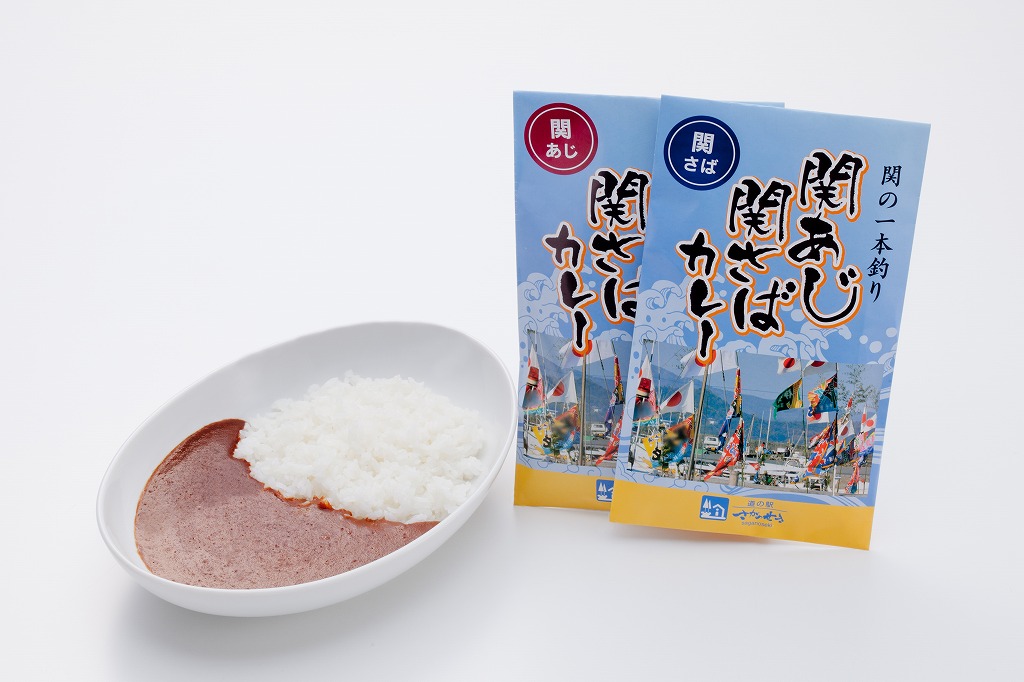
An original product of the roadside station. The prized Sekiaji horse mackerel and Seki mackerel are slowly stewed in this curry. People tend to have a prejudice that seafood curry smells like fish, but this curry has absolutely no fishy smell at all. Onions, carrots, garlic, ginger, bananas, apples, and even mangoes are added and simmered. It is not what you would call a "gumbo" of ingredients, but rather a thick, rich roux. Try it for yourself. It is also on the menu at the station's restaurant. 600 yen each.
I'll buy this one, too. Seasoned black rice.
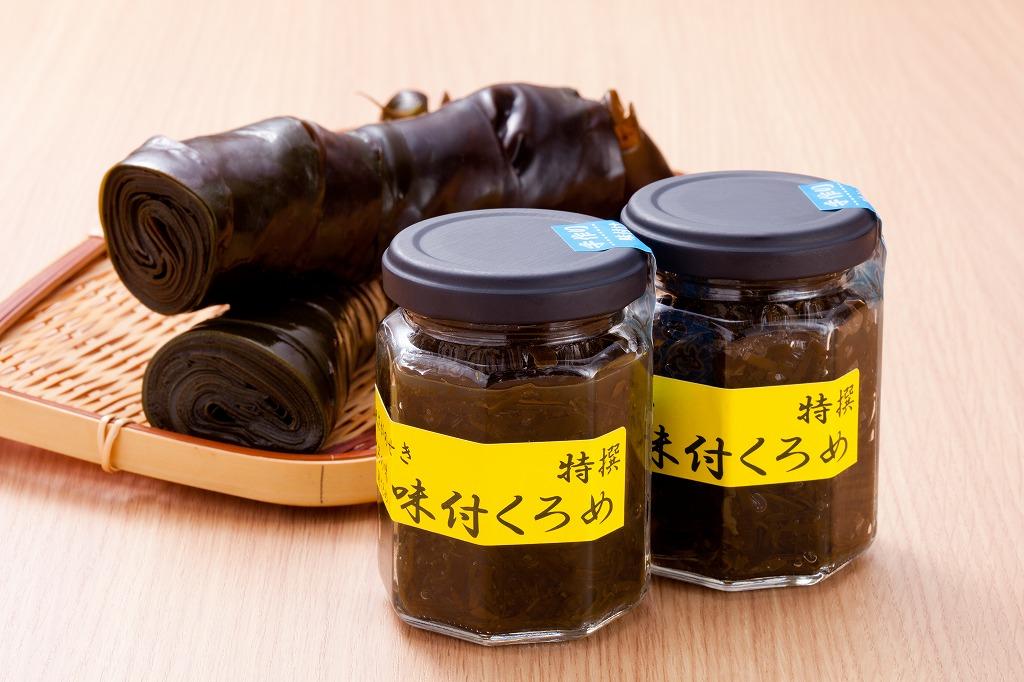
Kurome is a type of seaweed belonging to the kelp family and the swordfish genus found in southern Honshu, Shikoku, and Kyushu. Kuroame produced in the Takashima area of Saganoseki is of particularly high quality due to its exposure to swift currents and good water quality. The roadside station processes and sells kurome from the Takashima area. The harvest season is only two months each year, from January 15 to March 15, and the quantity is limited due to weather and sea conditions. The harvested kurome is rolled into sticks, which are then chopped into small pieces and served at the table. When the chopped kurome is stirred with chopsticks, it becomes sticky like natto (fermented soybeans) or yams. One jar costs 700 yen (tax included).
Around Roadside Station Saganoseki
Sea Cat Viewing and Takashima Round-the-Island Tour
I'm proud of this one too.
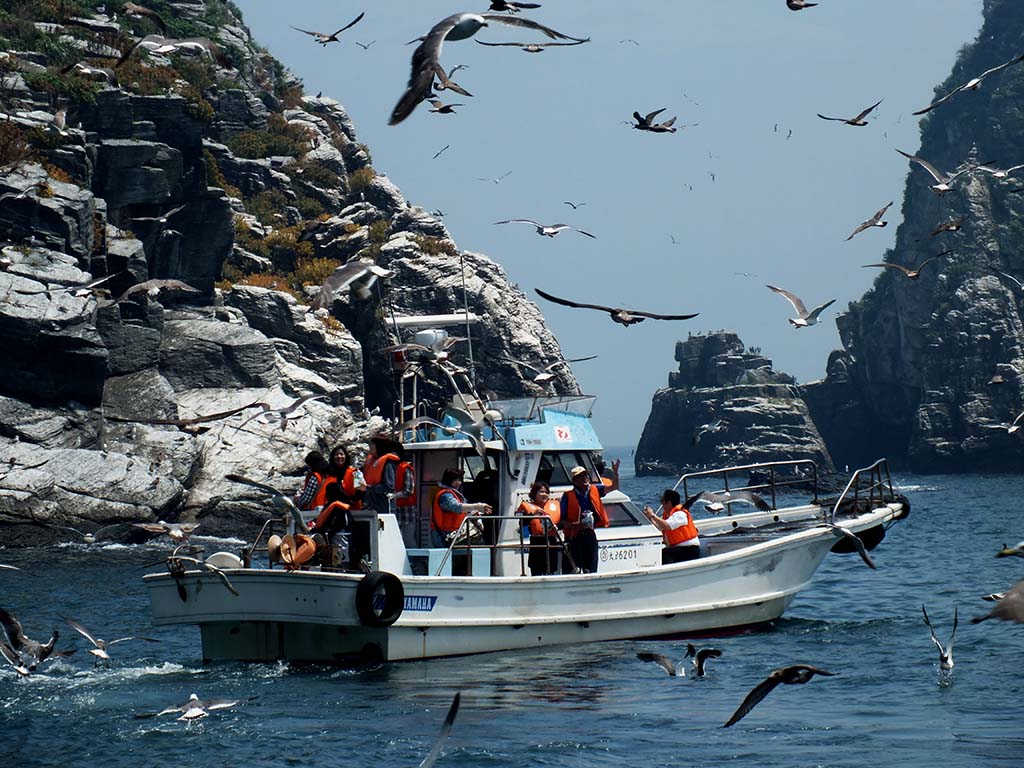
The Roadside Station serves as the window for this hands-on tour. Departing from the Kounoura fishing port, the tour takes about 20 minutes to reach Takashima, a nesting site of sea slugs, while viewing the Sekisaki Lighthouse and other sights. Legend has it that Emperor Jinmu stopped by Takashima on his way to Yamato. The tour is available from April to August. 3,000 yen per adult, half-price for children. The boat has a capacity of 12 passengers. The cruise takes one hour. Bring your own food for the Umineko (e.g., Kappa Ebisen), but they are also available at the roadside station for about 200 yen.
Bishagoura Sister Rocks
If you want to have fun in the area

A rock at the tip of Saganoseki Peninsula. Along with Bungo Futamigaura in Saiki City, it has become a first day spot in Oita Prefecture. Bishago" refers to the osprey, a seabird, and "sisters" refers to the legendary divers, the Isago (Black Sand) and Masago (Masago) sisters. In 667 B.C., Emperor Jinmu's warship was stopped by a giant octopus on the bottom of the sea at the Hayatsuki Seto. The two sisters dived into the sea, received a sacred sword from the giant octopus to calm the tide, and presented it to Emperor Jinmu. However, the sisters ran out of strength and died.

